


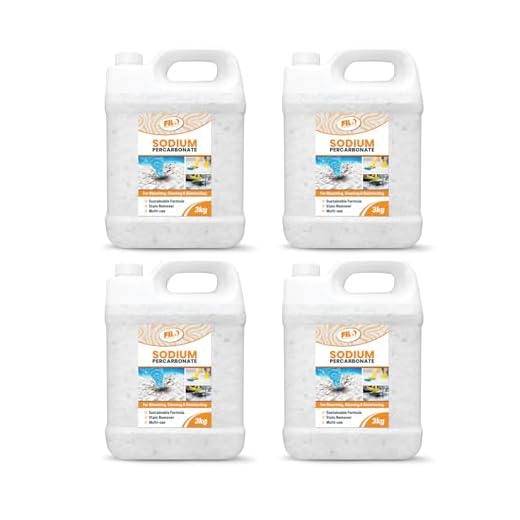
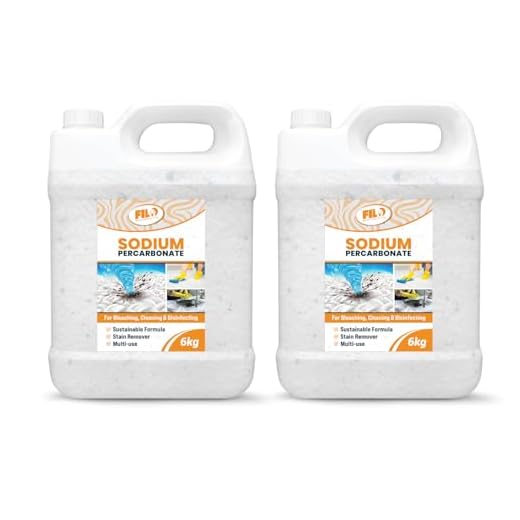
Household bleach is a common cleaning agent that many people rely on to remove tough stains and disinfect surfaces. However, when it comes to using bleach on clothes, there are some important factors to consider. While bleach can be effective in removing stains and brightening whites, it can also damage certain fabrics and cause discoloration. It’s essential to understand the proper usage and precautions to ensure the safety of your clothing.
Understanding the Types of Bleach
There are two primary types of bleach: chlorine bleach and oxygen bleach. Chlorine bleach, also known as household bleach, contains sodium hypochlorite, which is a powerful disinfectant. Oxygen bleach, on the other hand, is a gentler alternative made of hydrogen peroxide or sodium percarbonate. It is less likely to damage fabrics but may not be as effective on tough stains.
Effect on Fabrics
Bleach can have varying effects on different types of fabrics. It is best to avoid using bleach on delicate fabrics such as silk, wool, and lace, as it can weaken the fibers and cause irreversible damage. Additionally, bleach can cause colors to fade or bleach out entirely if used improperly. Before using bleach on any garment, it is advisable to check the care label and perform a spot test on a small, inconspicuous area first.
Proper Usage and Precautions
To safely use bleach on clothes, consider following these tips:
- Always dilute the bleach according to the instructions on the product label.
- Avoid using bleach on colored fabrics, unless they are colorfast and have been tested beforehand.
- Never mix bleach with other cleaning products, as this can create harmful fumes.
- Wear gloves and work in a well-ventilated area to minimize exposure to the bleach.
- Rinse garments thoroughly after bleaching and wash them separately from other items.
Remember, bleach should be used sparingly and only when necessary. It is always best to try alternative stain-removing methods or consult a professional cleaner for specific garment care.
In conclusion, while household bleach can be an effective stain remover and disinfectant, it is important to use it with caution when doing laundry. Understanding the types of bleach, its effects on different fabrics, and following proper usage and precautions will help you maintain the quality and longevity of your clothes.
The Science Behind Household Bleach and Clothing
Household bleach, also known as sodium hypochlorite, is a powerful chemical that is commonly used as a cleaning agent. It is known for its ability to remove stains and disinfect surfaces. However, when it comes to using bleach on clothing, there are a few things you should know about the science behind it.
The Chemical Reaction
When bleach comes into contact with clothing, it undergoes a chemical reaction. Sodium hypochlorite, the active ingredient in bleach, breaks down into two components: hypochlorous acid and sodium chloride. Hypochlorous acid is responsible for the bleaching action, while sodium chloride is a byproduct.
When hypochlorous acid comes into contact with stains on clothing, it reacts with the pigments in the stains, breaking them down and lightening their color. This is why bleach is effective at removing stains and brightening white clothing.
Effect on Different Fabrics
While bleach is effective at removing stains, it can also damage certain fabrics. Bleach is particularly harsh on natural fibers, such as wool and silk, as well as fabrics with certain dyes.
Cotton and linen are more resistant to the effects of bleach, but prolonged exposure can still weaken the fabric and cause it to deteriorate over time.
It is important to check the care labels on your clothing before using bleach. If the label specifies that bleach should not be used, it is best to find an alternative method for stain removal.
Precautions to Take
When using bleach on clothing, it is essential to take the necessary precautions to protect your health and safety.
- Always dilute bleach in water according to the instructions on the bottle. Using concentrated bleach directly on clothing can lead to damage and discoloration.
- Wear gloves and protective clothing to prevent skin irritation and minimize exposure to the chemicals.
- Avoid mixing bleach with other cleaning agents or chemicals, as this can create toxic fumes.
- Ensure proper ventilation in the area where you are using bleach to minimize chemical fumes.
Conclusion
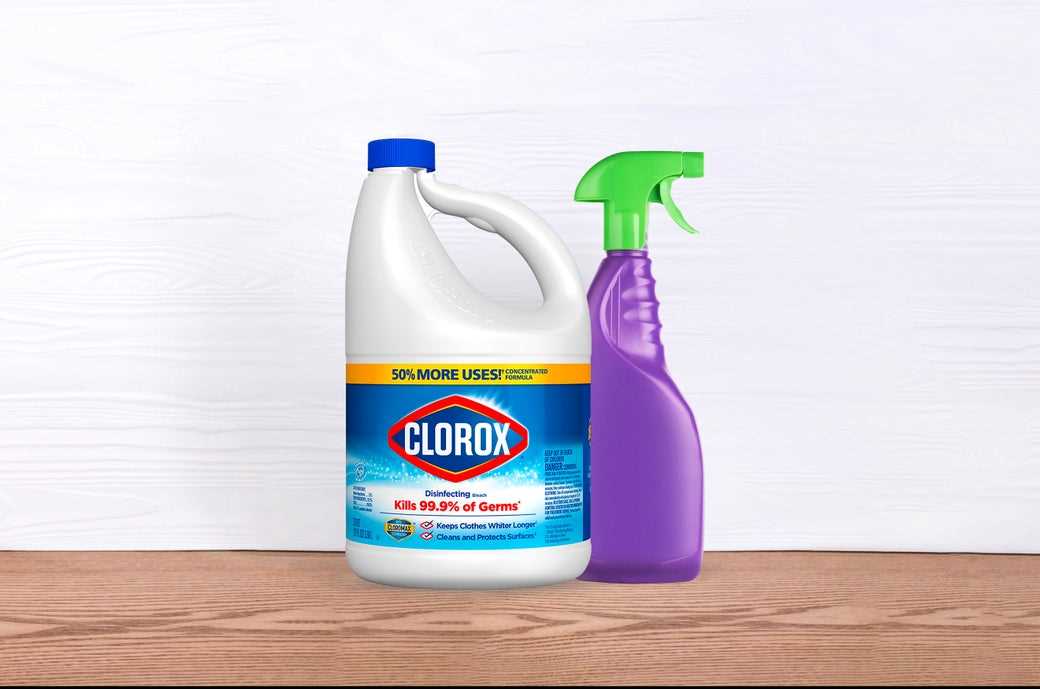
Household bleach can be a useful tool for stain removal and brightening white clothing. However, it is important to understand the science behind bleach and its effect on different fabrics. By following the proper precautions and checking clothing care labels, you can safely use bleach on your clothes without causing damage.
Potential Risks and Precautions
While household bleach can be effective for stain removal and whitening clothes, it is important to be aware of the potential risks and take appropriate precautions when using it.
1. Skin and Eye Irritation
Bleach is a strong chemical that can cause skin and eye irritation. It is important to always wear protective gloves and goggles when handling bleach. If bleach comes into contact with your skin or eyes, rinse thoroughly with water and seek medical attention if necessary.
2. Fabric Damage
Bleach is a powerful bleaching agent that can damage certain fabrics. It is important to check the care label on your clothes before using bleach to ensure it is safe to use. Avoid using bleach on delicate fabrics, such as silk or wool, as it can cause discoloration or weakening of the fabric.
3. Mixing with Other Chemicals
Never mix bleach with other household cleaners or chemicals, as this can create toxic fumes. Some common household chemicals that should never be mixed with bleach include ammonia and vinegar. Always read the labels of cleaning products and follow the manufacturer’s instructions to ensure safe use.
4. Proper Ventilation
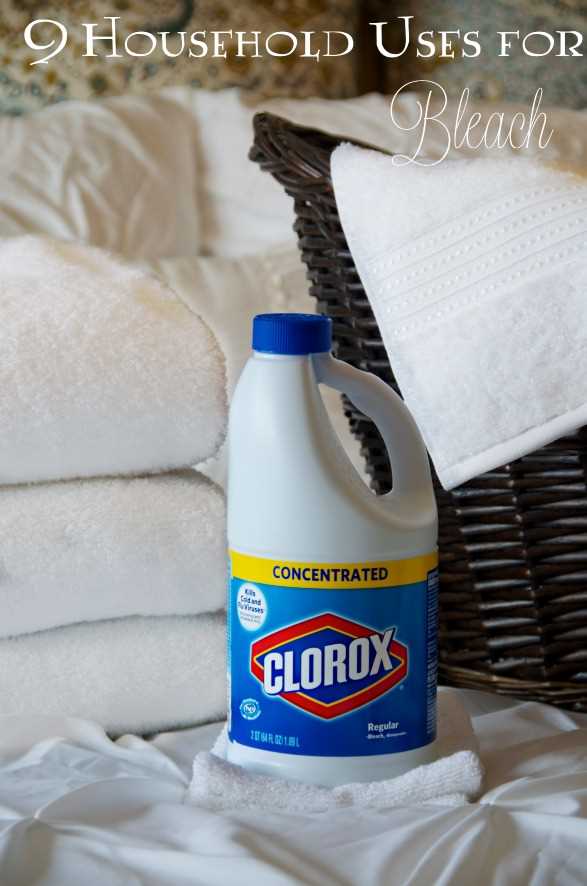
When using bleach, it is important to ensure proper ventilation in the room. Open windows or use fans to circulate fresh air, as the fumes from bleach can be irritating to the respiratory system. Avoid using bleach in confined spaces without adequate ventilation.
5. Children and Pets
Keep bleach and any bleach-treated clothes away from children and pets. Accidental ingestion or contact with bleach can be harmful. Store bleach in a secure location out of reach of children, and dispose of bleach-soaked clothes properly to prevent accidental exposure.
6. Test on a Small Area
Before using bleach on a garment, it is recommended to test it on a small, inconspicuous area first. This can help ensure that the bleach will not cause any adverse effects, such as color fading or fabric damage.
Overall, while bleach can be a useful tool for stain removal and whitening clothes, it is important to use it safely and responsibly. Following these precautions can help minimize the potential risks associated with using bleach on clothes.
Alternative Options for Clothing Whitening and Stain Removal
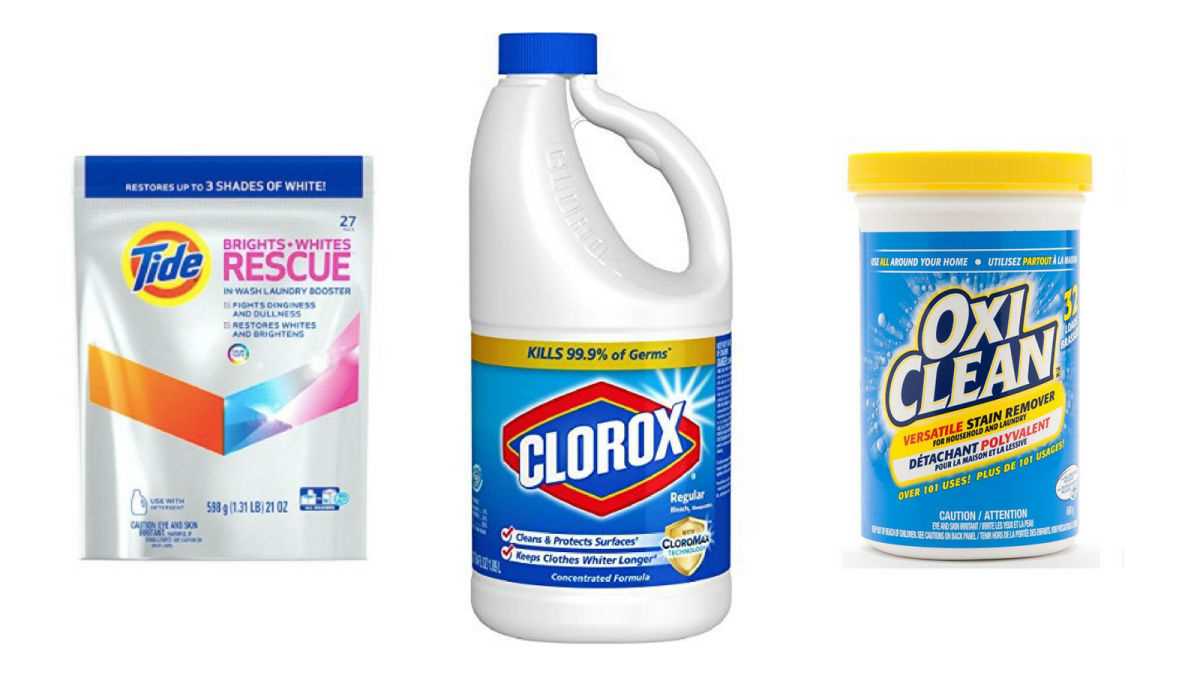
While household bleach is commonly used for whitening clothes and removing stains, it can be harsh on fabrics and may cause damage if not used correctly. Fortunately, there are alternative options available that are gentler on clothing while still effectively whitening and removing stains. Here are some alternatives to consider:
1. Oxygen Bleach
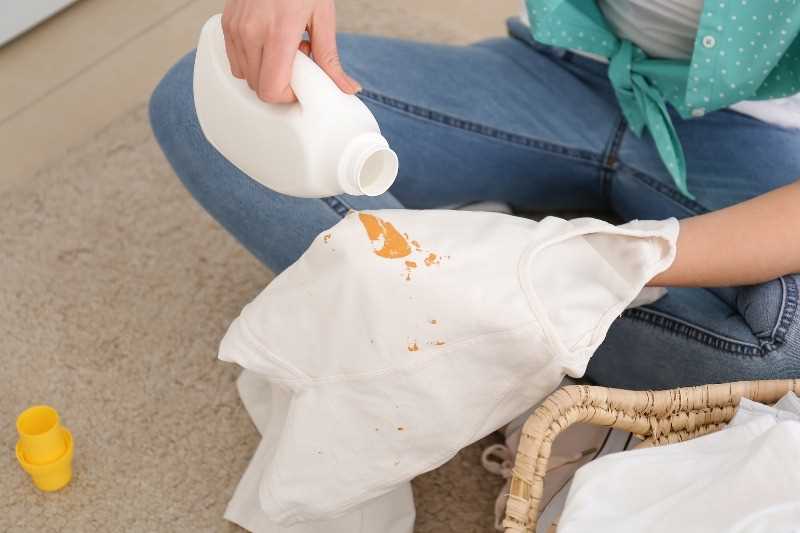
Oxygen bleach is a non-chlorine bleach that uses oxygen ions to break down stains and whiten fabrics. It is safer for use on colored clothing and delicate fabrics compared to household bleach. Oxygen bleach is often gentler on clothes while still providing effective stain removal and whitening results.
2. Hydrogen Peroxide
Hydrogen peroxide is a mild bleach alternative that can be used to whiten and remove stains from clothing. It is safe for most fabrics, but it is recommended to do a spot test first to ensure it doesn’t cause any discoloration. Mix hydrogen peroxide with water in a 1:1 ratio and apply it to the stained area before washing as usual.
3. Vinegar
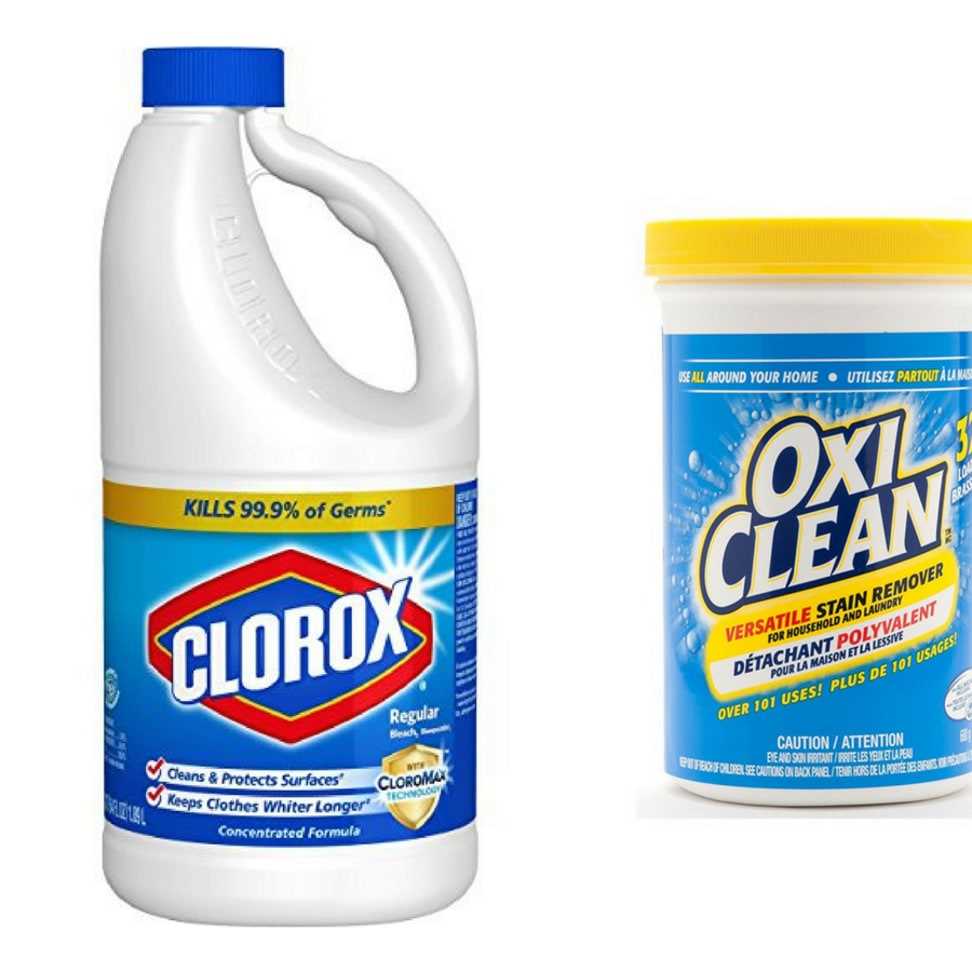
Vinegar is a natural alternative that can help whiten clothes and remove stains. It can be used as a pre-soak by mixing it with water and soaking the stained garments for a few hours before washing. Additionally, adding vinegar to the rinse cycle can help to remove any leftover soap residue and leave clothes looking brighter.
4. Lemon Juice
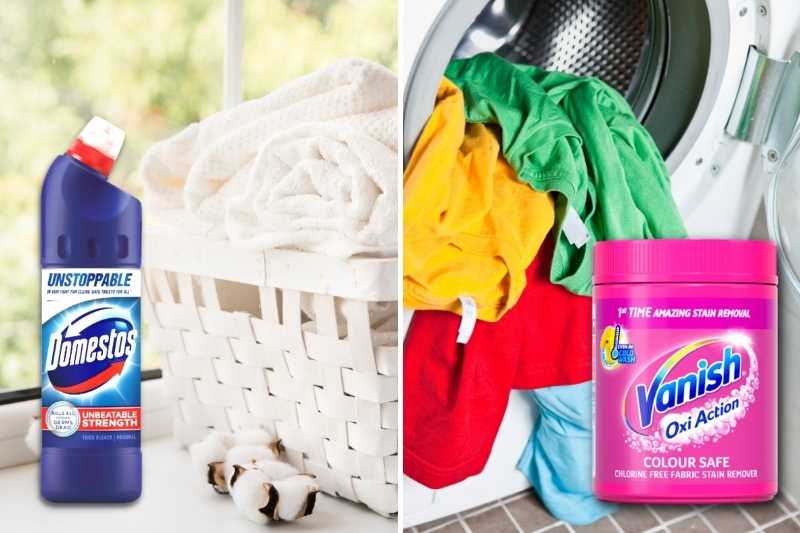
Lemon juice has natural bleaching properties and can be used to whiten and freshen clothes. Mix lemon juice with water and apply it directly to stained areas before washing. The acidity of lemon juice helps to break down stains, making it an effective natural alternative for stain removal.
5. Baking Soda
Baking soda is a versatile household ingredient that can be used for various cleaning purposes, including whitening clothes. Add a cup of baking soda to your laundry detergent to boost its cleaning power and remove stains. It can also help to neutralize odors and leave your clothes smelling fresh.
6. Stain Remover Products
There are many commercial stain remover products available on the market that are specifically designed to remove stains from clothes. These products often contain enzymes or other active ingredients that effectively break down and remove stains. Follow the instructions on the product label for best results.
When using any of these alternative options for clothing whitening and stain removal, it is always important to read and follow the instructions carefully. Additionally, it is recommended to do a spot test on a small, hidden area of the garment before treating the entire stain or whitening the entire garment.
By exploring these alternative options, you can safely and effectively whiten clothes and remove stains without the potential risks and damage that can come with using household bleach.
Considerations for Different Types of Fabrics
When using household bleach on clothes, it is important to consider the type of fabric you are dealing with. Different fabrics react differently to bleach, and some may be more prone to damage than others. Here are some general guidelines to keep in mind:
Natural Fibers
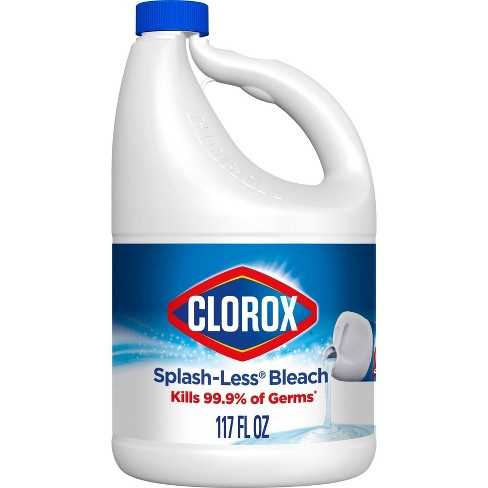
- Cotton: Cotton is generally safe to bleach, as it is a strong and durable fabric. However, it is important to test a small, inconspicuous area of the garment first to ensure it does not get damaged or discolored by the bleach.
- Linen: Linen is another natural fiber that can usually withstand bleach. Again, it is recommended to perform a patch test before using bleach on the entire garment.
- Wool: Wool is a delicate fabric that should not be bleached. Bleach can damage the fibers and cause them to weaken or disintegrate. It is best to avoid using bleach on wool garments.
- Silk: Silk is also a delicate fabric that should not be exposed to bleach. Bleach can cause silk to become discolored, weakened, or even dissolve. It is advisable to use alternative methods for stain removal on silk garments.
Synthetic Fibers
- Polyester: Polyester is a synthetic fabric that is generally safe to bleach. However, like with any fabric, it is recommended to test a small area first to ensure it doesn’t react negatively to the bleach.
- Nylon: Nylon is another synthetic fabric that can typically be bleached without major issues. However, as with other fabrics, it is best to perform a patch test before applying bleach to the entire garment.
- Acrylic: Acrylic is generally bleach-resistant and can usually be safely bleached. Nonetheless, testing a small area is still advisable.
Blends
When dealing with fabric blends, it is crucial to consider the most delicate fabric in the blend. If one fabric is sensitive to bleach, it is best to avoid using it altogether to prevent damage to the entire garment. If unsure, consider using alternative stain removal methods or consult a professional cleaner.
Precautions
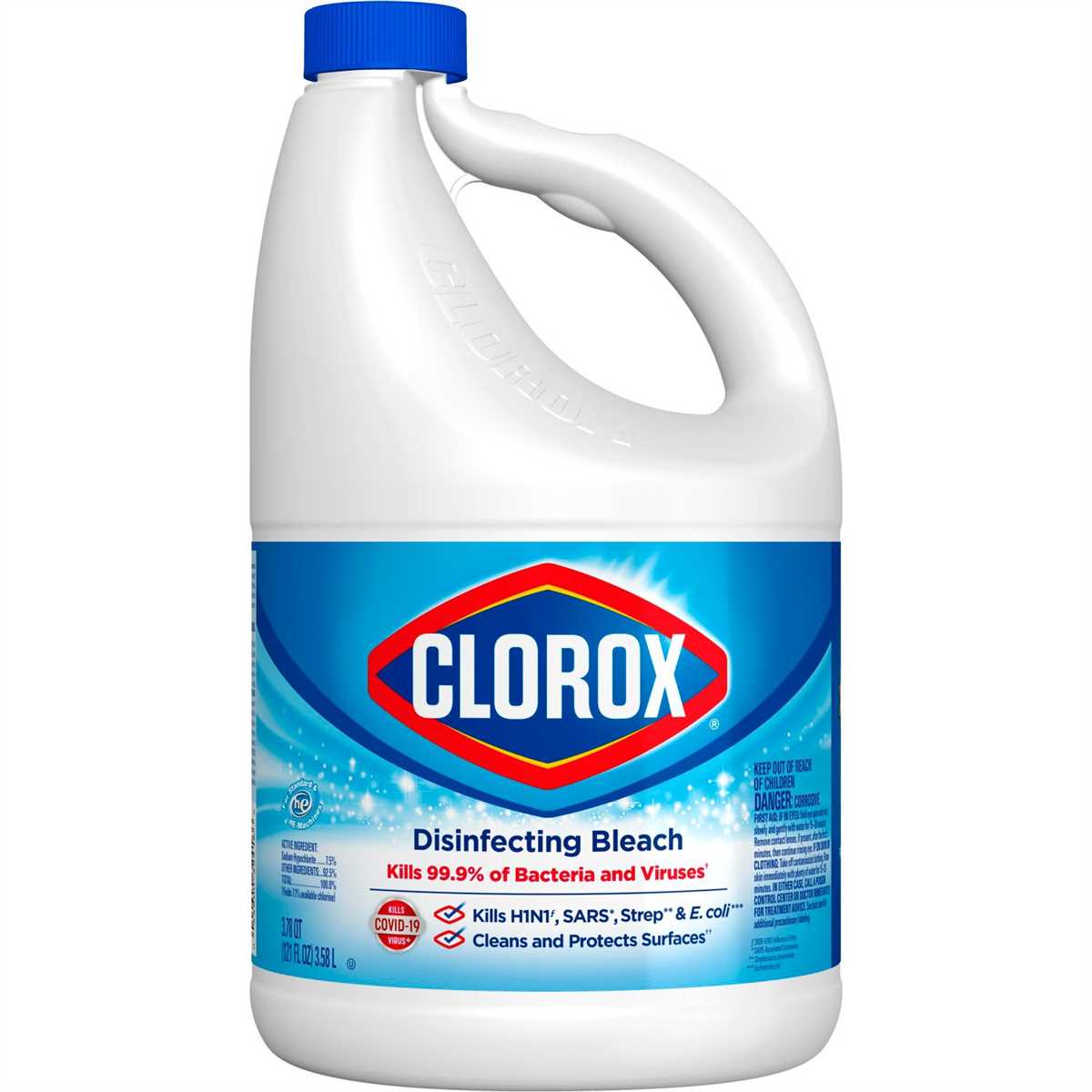
When using bleach on any fabric, it is important to take precautions to protect your skin and eyes. Wear gloves and goggles to prevent direct contact with bleach, and work in a well-ventilated area to avoid inhaling fumes. Follow the instructions on the bleach bottle carefully and never mix bleach with other cleaning agents.
Tips for Safe and Effective Use of Household Bleach on Clothes
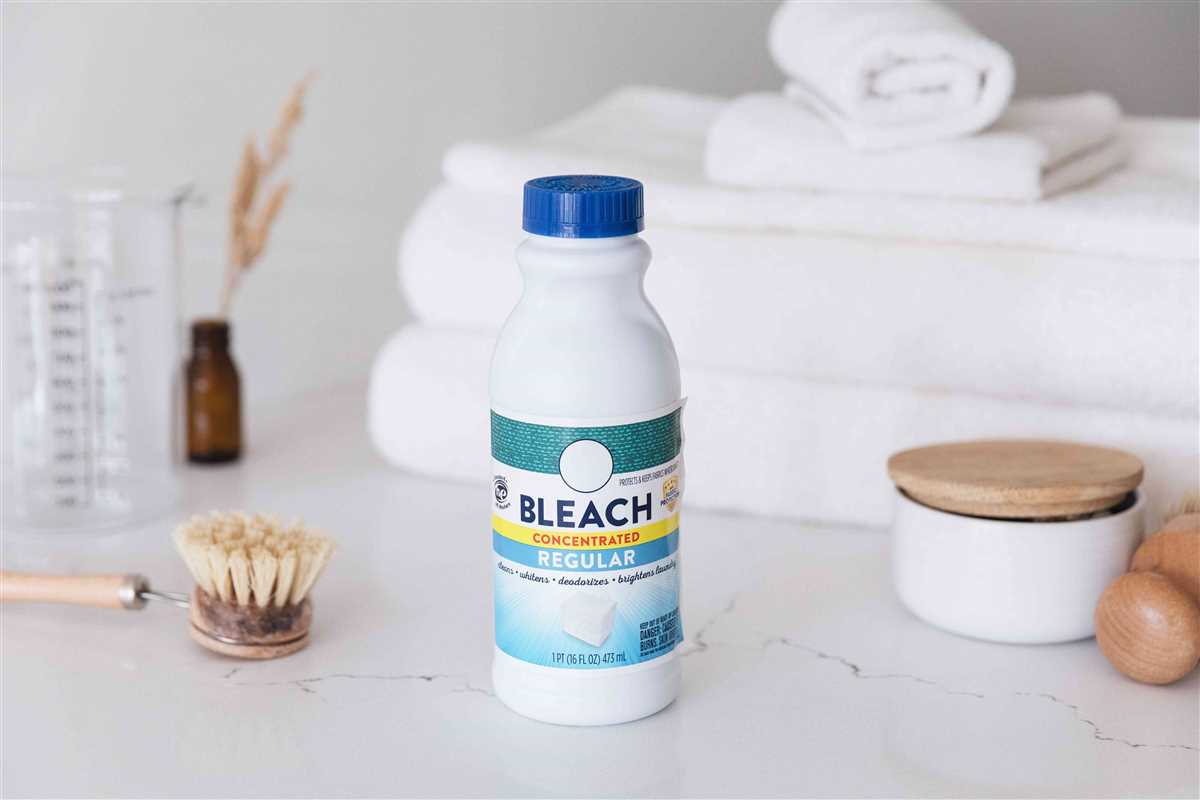
- Read the label: Before using household bleach on clothes, carefully read the instructions and warnings on the label. This will ensure you use the product correctly and avoid any potential risks.
- Test for colorfastness: Before applying bleach to your clothes, perform a colorfastness test on a small, inconspicuous area. Apply a small amount of bleach and wait a few minutes to see if the color changes or the fabric is damaged. If there are no negative effects, it should be safe to proceed.
- Dilute the bleach: To avoid damaging your clothes, always dilute the bleach with water according to the manufacturer’s instructions. This will ensure that the bleach is not too concentrated and will be less harsh on fabrics.
- Stain pre-treatment: Before washing your clothes with bleach, it’s a good idea to pre-treat any stains. Apply a small amount of undiluted bleach directly to the stain, let it sit for a few minutes, and then wash as usual. This can help to effectively remove stubborn stains.
- Follow washing guidelines: Check the care label on your clothes to determine the appropriate washing guidelines. Some fabrics may not be suitable for bleach or may require special care. Follow these instructions to ensure the best results.
- Protect your skin and eyes: When using bleach, it’s important to protect yourself. Wear gloves to protect your hands and goggles or safety glasses to protect your eyes. Avoid getting bleach on your skin or in your eyes, as it can cause irritation or burns.
- Proper ventilation: When using bleach, make sure the area is well-ventilated. Open windows or use a fan to help circulate fresh air. This will minimize exposure to bleach fumes, which can be irritating to the respiratory system.
- Separate laundry: If you’re using bleach, it’s best to wash white or light-colored clothes separately from dark-colored clothes. This will prevent any potential bleaching of colors and help to keep your clothes looking their best.
- Follow up with a rinse: After washing your clothes with bleach, it’s important to rinse them thoroughly to remove any residue. Residual bleach can lead to fabric damage or skin irritation, so make sure to rinse your clothes well before drying them.
FAQ
Is household bleach safe to use on all types of clothes?
Household bleach is not safe to use on all types of clothes. It can damage or discolor certain fabrics, such as wool, silk, and spandex. It is always recommended to check the care label of the clothing item before using bleach.
Can household bleach remove stains from clothes?
Yes, household bleach can be effective in removing stains from clothes. It has strong disinfecting and whitening properties that can help eliminate stubborn stains, such as those caused by coffee, red wine, or grass.
How should I use household bleach on clothes?
When using household bleach on clothes, it is important to dilute it properly. The general recommendation is to mix 1 part bleach with 9 parts water. You can apply the bleach solution directly to the stained area, let it sit for a few minutes, and then wash the garment as usual.
Are there any safety precautions I should take when using household bleach on clothes?
Yes, there are several safety precautions you should take when using household bleach on clothes. It is recommended to wear gloves to protect your skin, work in a well-ventilated area, and avoid mixing bleach with other cleaning products, as this can create harmful fumes. Additionally, always follow the instructions on the bleach bottle and keep it out of reach of children.
What are some alternative methods to bleach clothes?
If you are hesitant to use household bleach on your clothes, there are alternative methods you can try. Vinegar can be used as a natural whitener and stain remover. Baking soda can also help in removing stains and odors from clothes. Additionally, there are commercially available oxygen bleach powders that can be used as a safer alternative to chlorine bleach.











